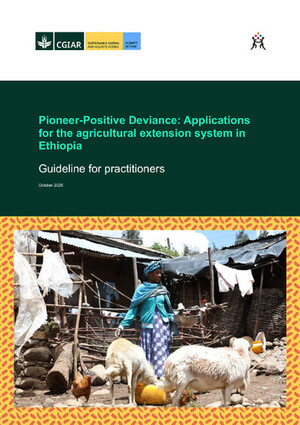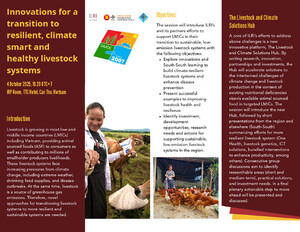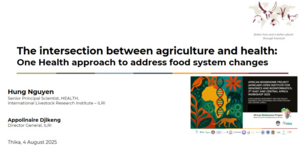
Assessing farmers’ interest in agroforestry in two contrasting agro-ecological zones of Rwanda
Abstract
Uptake and management of agroforestry technologies differs among farms in Rwanda and needs to be documented as a basis for shaping future research and development programs. The objective of this study was to investigate current agroforestry practices, farmers’ preferences, tree management and perspectives for agroforestry technologies. The study consisted of a combination of a formal survey, a participatory tree testing, farmer evaluation and focus group discussions in the Central Plateau (moderate altitude) and the Buberuka (high altitude) agro-ecological zones. A survey and a tree testing exercise with a range of species: (timber species—Eucalyptus urophyla, Grevillea robusta; legume shrubs - Calliandra calothyrsus, Tephrosia vogelii; and fruit species—Persea americana and Citrus sinensis) were carried out in Simbi (Central Plateau) and Kageyo (Buberuka) with farmers from different wealth status who received tree seedlings for planting, managing, and evaluating. Simbi had more tree species farm−1 (4.5) than Kageyo (2.9). Fruit trees occurred most frequently in Simbi. Grevillea robusta, Calliandra calothyrsus and Tephrosia vogelii were mostly established along contours, fruit trees in homefields and Eucalyptus urophyla trees in woodlots. Survival was better on contours for Grevillea robusta (58–100 %) and Calliandra calothyrsus (50–72 %). Tree growth was strongly correlated with the total tree lop biomass in Eucalyptus urophyla (R 2 = 0.69). Grevillea robusta was most preferred in Simbi and Eucalyptus urophyla and Calliandra calothyrsus in Kageyo. The study provided information useful for revising the national agroforestry research and extension agenda and has important implications for other countries in the highlands of Africa.
Citation
Bucagu, C., Vanlauwe, B., Wijk, M.T. Van and Giller, K.E. 2013. Assessing farmers’ interest in agroforestry in two contrasting agro-ecological zones of Rwanda. Agroforestry Systems 87(1): 41-158










